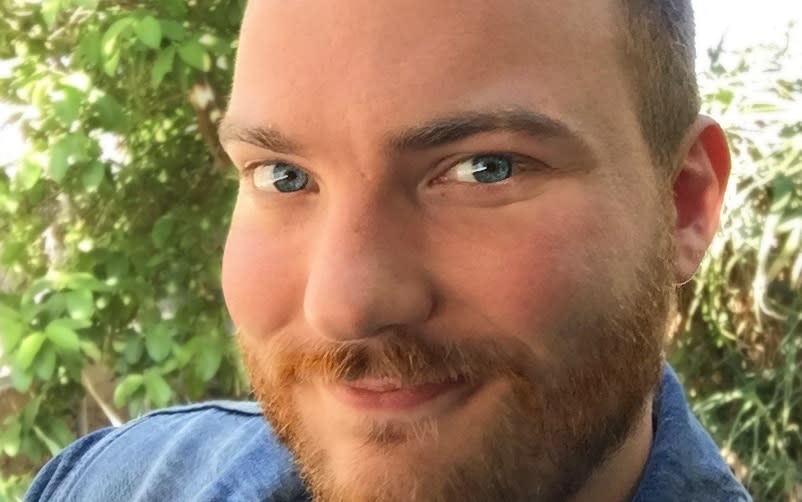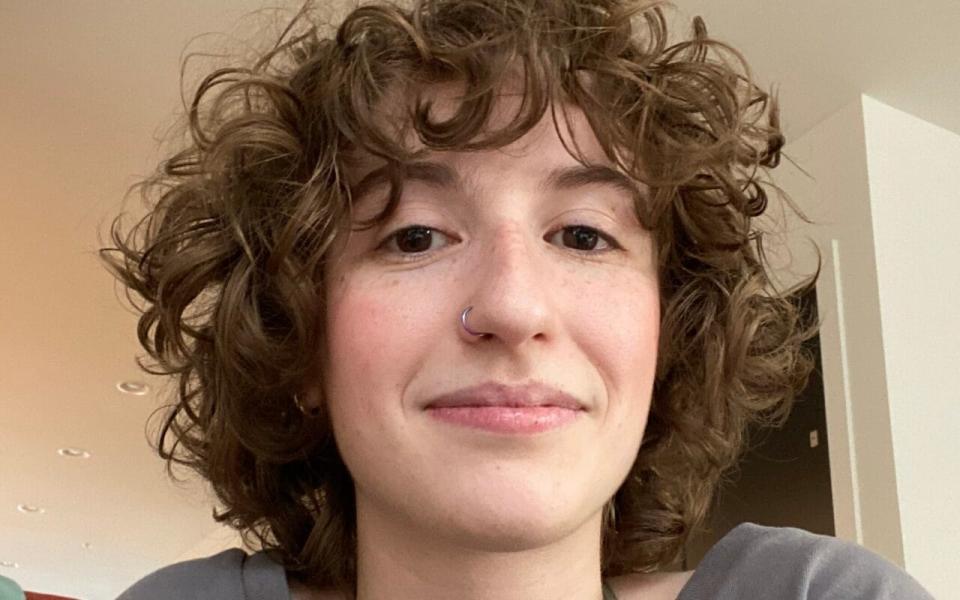‘Cartoon Janitors’ Strike Back: Animation Guild Members Open Up About Their Fight for Better Pay and Respect
As lengthy talks between The Animation Guild and Hollywood studios drag on, thousands of animators in the industry have organized to demand fundamental changes to the status quo.
United under the mantra “New Deal for Animation,” Animation Guild members have held organizing rallies and social media campaigns demanding better wages and working conditions for a subset of entertainment workers that carried on with their jobs from home during the pandemic, providing a steady stream of new films and series that populated streaming services while live-action productions remained sidelined for months.
TheWrap has rounded up several members of this new labor movement to explain in their own words why they are seeking change in Hollywood. This first trio of TAG members includes a story artist for an adult sitcom, a background artist for a Nickelodeon series and the creator of one of the most critically acclaimed cult hits of the past few years.
They tell a story of an industry that values animated shows and movies to draw viewers (and subscribers) but doesn’t value the people who make them. Many in the field griped about the multiple digs on animation at this year’s Oscar telecast, with co-host Amy Schumer and other presenters describing animated features as kid stuff that parents must endure “over and over and over.”
But animators are looking for more than respect — but also higher wages and opportunities to lead projects (beyond ones that are pitched by comedians and celebrities who’ve never worked in animation before).
The accounts below were lightly edited for clarity and style.

Owen Dennis, creator of the HBO Max series “Infinity Train”
I’ve devoted 25 years to learning about the art of animation. It’s hard to make and it takes forever, but in the end it utilizes countless different artistic disciplines to create some of the most beautiful and memorable art in the world. Unfortunately, studios not paying their artists enough has enormous butterfly effects which means the industry is stuck in a cycle of artistic devaluation that loops and loops.
Not getting paid your worth means you’re not valued. If you’re not valued, people see your work and what you do as “lesser.” If you’re viewed as lesser, then you’re not valued culturally. Not being valued culturally leads to producers not paying you what you’re worth. The cycle loops and loops.
Having company leadership that acts this way leads to an issue that increased dramatically during the pandemic: pitches from animators and artists with experience and imagination being overlooked, but pitches from middling celebrities or comedians who had never done it before getting picked up.
The studios pick up their shows because they want the cultural clout that comes with live action, then try to pair them with “someone who knows animation” to actually get it done. This type of job is so common that we have a term for it: “Cartoon Janitor.” It means working for someone who just came into animation, was given the top spot on the show, but has no idea what they’re doing, so now you’re the one saddled with all the responsibilities but none of the credit or pay. Believe it or not, the role of “Cartoon Janitor” often goes to women, and the person they’re cleaning up after is almost always a man.
This means that women are held back from getting the top position on a show. Because women aren’t seen in that top position, it’s assumed that women aren’t good at it. This means that women don’t get the top position on a show. The cycle loops and loops.
All of this is happening because animation isn’t valued monetarily. Animation workers must stand up for themselves and demand to be paid appropriately, otherwise our work will continue to be devalued by our culture. It means we will continue to get jokes in award shows about parents being tortured by watching children’s movies. It means that school guidance counselors and out-of-touch adults will continue to try and guide children away from making beautiful, personal, touching stories because “you can’t have a career in art.” It means that because people think “animated movie” is a synonym for “children’s movie” that we won’t see investment in interesting adult and young adult animation.
However, if you pay animation workers what they’re worth, their value goes up. This means their work is taken more seriously by the culture. This means we’ll see studios pay for more interesting stories. This means we’ll see women, minorities and other people we don’t normally see uplifted into top positions. This means their value goes up. This means we’ll pay animation workers what they’re worth. The cycle will loop and loop.

Thomas Zenteno, background painter for Nickelodeon’s “Middlemost Post” and Hulu’s “Solar Opposites”
I began organizing with The Animation Guild after seeing our live-action IATSE [International Alliance of Theatrical Stage Employees] kin vote overwhelmingly in support of a strike authorization during their contract negotiations. Seeing the level of exploitation and lack of fair treatment by the studios made me realize just how much we’ve won through our union in The Animation Guild’s history. Union organizing made me realize there’s a clear difference between those of us that work day in, day out for a living, and the studio owners that profit enormously off of the shows we make.
If we could walk into negotiations in 2025 and 2028 with every member standing shoulder to shoulder in solidarity with every other animation worker, we could win a whole new workplace for ourselves. I’m inspired by Titmouse NY for achieving an organizing win — forming a brand new union with production workers included in their contract. I hope to carry that energy into our own contract negotiations and the years to come.

My own experience in animation has had its ups and downs. While seeing wonderful projects take shape, we are unable to take any ownership over that work. When the project ends, you’re often let go and have to look for a new job while competing with former coworkers. We spend so much time and effort building a pipeline that produces a great show or film but a studio executive can decide to end the jobs of an entire team overnight. Entire studios like Blue Sky Animation can be closed.
I’ve been unemployed at multiple points in my career — myself and many of my friends have struggled to pay rent or buy food during a pandemic. As a background painter that decides the color and light, it’s terrible to see color designers make the same decisions for other parts of the show but get less pay than me for the same work. Color design is also a role historically held by women, a holdover from the ink and paint days.

Sammy Savos, storyboard artist for the HBO Max series “Close Enough”
I initially joined TAG organizing to help support the IA when they were considering striking. I stayed because I have strong feelings about how the lives of animation workers can be improved as well. I’m a storyboard artist, and I’ve worked on ridiculously short schedules while being expected to perform multiple other jobs in addition to my own responsibilities, all without being compensated or credited properly for that extra work or given extra time to do it.
I’ve heard countless stories of fellow TAG members’ physical and mental health severely deteriorating because of the breakneck speed of these schedules that has become the norm in this industry. I’ve been lucky to work with really lovely crews with amazing people, but there is so much that can be improved in our working conditions.
We work for billion-dollar companies that keep most of the profits of the product that we as workers spend a majority of our waking hours physically creating. Animation crews worked without stopping throughout the pandemic, keeping said companies profitable, and yet we still have to fight for things as basic as health care, pensions and fair wages. We deserve better, and through organizing together, we can achieve better!

I also agree with those who feel that animation is not respected the same way that other mediums are in the entertainment industry. But I don’t think this is something that’s unique to the entertainment industry. I work in comics as well, and there’s a similar attitude toward comics and graphic novels when compared with prose novels. In this country, there is a common misperception that anything in a drawn, stylized form is intended for children and is therefore less serious, meaningful or skilled than other mediums.
Creating drawn (or sculpted) visual art in any form takes an incredible amount of time and skill, and although drawn visual art can be used for children’s media (which also takes great time and skill to do well), it has no inherent tie to it. Animation can convey the same range of emotion, depth and subject matter as other mediums in entertainment — sometimes more! My hope is that as we create more animation in a range of genres and tones aimed at older audiences, this perception will change.
If you are a worker in animation who would like to share your story, reach out to us at filmeditorial@thewrap.com.

